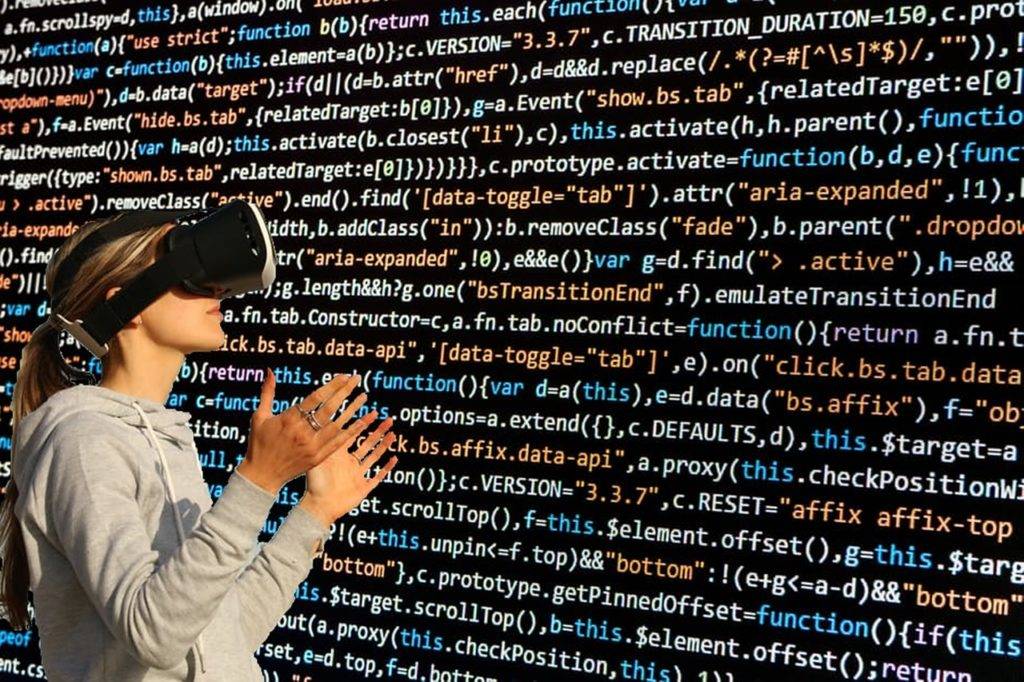Up until a few years ago, interconnected devices were more dream than reality, and it’s easy to feel like the fitness tracker fad was the beginning of wearables. In reality, of course, the groundwork was laid decades before— years even before the Internet was launched.
With all the amazing potential for wearable IoT devices, it’s important to realize how far we’ve come—and how many devices didn’t end up changing the world, but did make important contributions to the future of IoT. Even dreams of the future in culture and art laid the framework for one of the world’s most exciting industries. Let’s take a look at how we got to today’s incredible wearables—wearables that will one day be replaced by even more sophisticated technology.
The First Wearable Computer
Surprisingly, the first wearable computer on record was created in 1955—and was designed to predict roulette wheels. The developer, Edward O. Thorp, used the device secretly in the early 60s. It was not known to exist until 1966, though it was developed years earlier.
Early Wearable IoT: Head-Mounted Displays
Back when televisions were still a marvel of engineering, head-mounted displays were already piquing the interest of enterprising minds.
In 1960 Morton Heilig received a patent for head-mounted display technology, but it was not until 1968 that the first head-mounted virtual reality system was built. The Sword of Damocles was a rudimentary headset developed by computer scientist Ivan Sutherland, and had to be suspended from the ceiling as it was too heavy to wear. Though the graphics were very simple, the fact that this early VR device was created nearly 50 years ago is incredible. The year before, in 1967, Hubert Upton used the head-mounted display concept for a more practical purpose: aiding in lip reading. His device was mounted using glasses, and was one of the first wearable computers.
Sega’s VR Glasses and Google Glass
Consumer VR devices had several flops before they started to become successful in recent years. In 1993, Sega’s prototype VR glasses never made it to market and cost the company a huge amount of money. Google’s much-anticipated Google Glass headset (a complete wearable computer with displays designed as a pair of glasses) came on the public market in 2014, but soon lost momentum, since it struggled with technical difficulties. Recently, however, it has successfully reemerged with an Enterprise Edition as a tool for workers in industries like manufacturing.
Fitness Trackers & Beyond
Fitness trackers like FitBit didn’t really introduce new technology of their own—but they fused several technologies together into one wearable device. GPS, pedometer functions, heartrate monitor, and other sensors heralded the future of wearables—multi-function trackers.
Wearables used to track health and fitness are common among people who are watching their weight and trying to live healthier lives, but they’re also beginning to emerge in healthcare settings. By helping patients monitor their health more closely and making healthcare professionals more efficient, wearable technology could reduce healthcare costs by $200 billion in the next 25 years.
Present and Future Applications for Wearable IoT
Obviously, we’re only beginning to scratch the surface when it comes to practical applications for wearable IoT. There’s a lot more that can be done with sensors and IoT technology than tracking our steps and sleep.
One area that could see incredible benefit from wearables is emergency management. Hurricanes in the 1960s and 1970s caused trillions of dollars in damage, and spurred the growth of the emergency management field. With hurricanes causing extensive damage each year, disaster relief is more important than ever. Now, IoT wearables could help get relief to victims and help them find their loved ones or their way to safety when phone lines and other methods of communication are shut down.
Wearables are also becoming popular for personal safety—people who are out late on their own can call for help at the press of a button. Some of these devices even record audio that can help loved ones gain context about the danger.
History Illustrates IoT’s Potential
The great minds of the 20th century set the stage for a boom in VR devices and other wearable technology that’s helping us live better lives. With all the progress that’s been made in the last 50 years, it’s exciting to think about how far we still have to go—and about all the devices we’ll one day be able to wear.


















